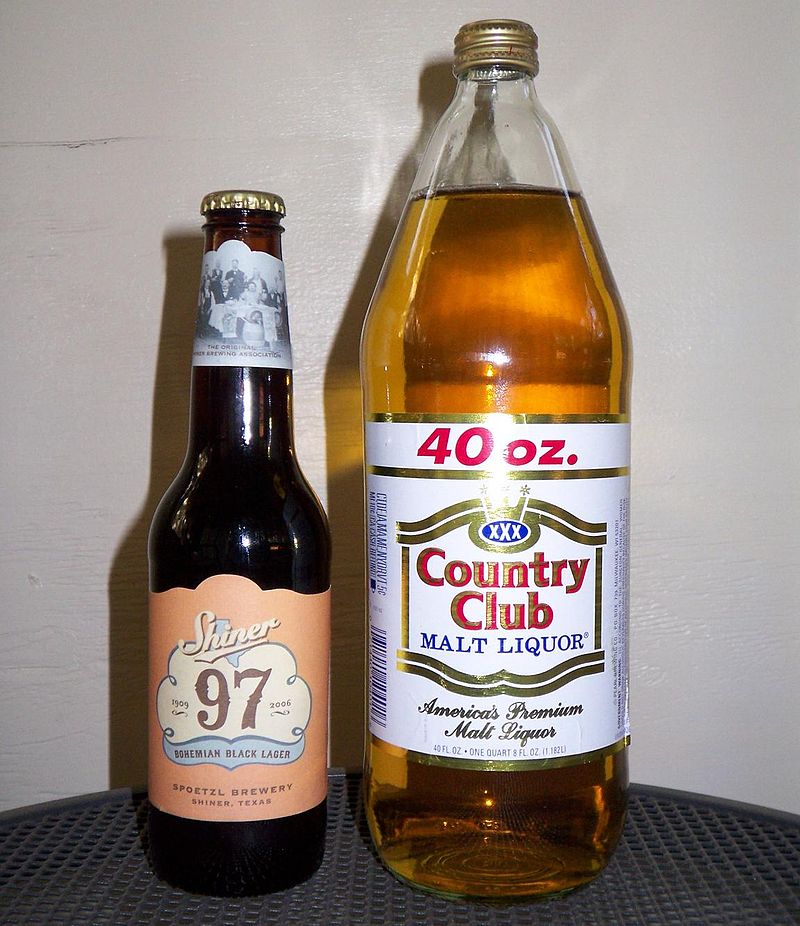Breweries in Galveston Texas: Regional Craft Beer Adventures
Distilleries Demystified: A Total Malfunction of the Manufacturing Refine
In the world of spirits production, distilleries offer as the enigmatic centers where raw active ingredients are changed right into nuanced and intricate potions. The procedure of purification is a thorough craft that links science, artistry, and practice to produce the spirits we have come to appreciate.
History of Distilling
These old societies made use of crude types of distillation to create perfumes, medicines, and even alcoholic drinks. They originated the usage of distillation for the manufacturing of spirits like brandy and scotch, laying the groundwork for the distilling techniques we see today.
The distilling process proceeded to progress via the centuries, with the improvement of techniques and the intro of new modern technologies. This age saw the surge of famous spirits brands that have come to be family names worldwide.
Resources Choice

When choosing resources, distillers need to consider the sugar material, starch conversion potential, and any kind of pollutants present, as these factors straight impact the fermentation and purification processes. In whiskey production, the selection in between different kinds of grains like corn, rye, barley, or wheat will certainly result in distinctive flavor accounts. In addition, the high quality and quality of the raw products can influence the efficiency of fermentation and eventually affect the pureness and complexity of the final spirit.
Fermentation Process
During the fermentation process in distilleries, sugars from the raw materials are exchanged alcohol by yeast via a natural chemical reaction. This critical phase generally takes place in large tanks understood as fermenters (Distillery in Galveston). Yeast, a microbe, eats the sugars existing in the raw products such as fruits, molasses, or grains. As yeast feeds on these sugars, it generates alcohol and co2 as results. The fermentation procedure is very carefully kept an eye on to make certain optimum problems for yeast task, such as preserving the ideal temperature level and pH levels.
Fermentation times can vary depending on the certain distillery and the type of alcohol being produced. When fermentation is complete, the resulting liquid, understood as the "wash" or "beer," is after that ready to proceed to the purification stage, where alcohol focus is even more raised through the splitting up of parts based on their boiling points.
Purification Techniques
Complying with the conclusion of the fermentation procedure, distilleries use a range of purification methods to further concentrate alcohol material and refine the flavor account of the liquid. Purification is the process of separating alcohol from water and various other components in the fermented liquid via heating & cooling. One typical approach is pot distillation, where the liquid is heated up in a pot still, my link allowing the alcohol to vaporize and after that condense back right into fluid type. This technique is understood for creating full-bodied and rich spirits.
In addition, fractional purification is a much more polished form of column purification that enables for specific separation of various components based on their boiling points, resulting in incredibly pure spirits. Eventually, the selection of purification method dramatically influences the qualities and quality of the last spirit generated.
Maturation and Bottling
Upon reaching the desired degree of taste advancement and complexity, distilled spirits undertake maturation prior to being bottled for intake. Seawall Bar. Maturation is an essential stage where the spirits are matured in barrels or casks made of different products like oak, which imparts unique tastes and qualities to the fluid. During this duration, the spirits interact with the wood, allowing them to mellow, create new flavors, and improve their overall complexity

The duration of maturation varies depending upon the kind of spirit being generated and the wanted output. Spirits such as rum, brandy, and scotch usually call for years of maturation to reach their optimal preference account. Throughout this process, ecological aspects like temperature fluctuations can likewise affect the growth process, impacting the last flavor of the spirit.
As soon as the spirits have grown to perfection, they prepare to be bottled. Bottling includes filtering the spirits to get rid of any staying contaminations, readjusting the alcohol web content if necessary, and ultimately, product packaging the fluid in containers or containers suitable for distribution and consumption. The bottling stage stands for the end result of the purification process, where the meticulously crafted spirits exist to customers for their enjoyment.
Conclusion
Maturation and bottling are vital steps in producing why not try here top notch spirits. By adhering to these actions, distilleries can create a large array of spirits with unique tastes and qualities.
The procedure of purification is a meticulous craft that links practice, artistry, and science to generate the spirits we have come to appreciate.The selection of raw products is an important aspect of the distilling process, influencing the high quality and flavor profile of the why not check here last spirits produced. Additionally, fractional distillation is a more polished type of column distillation that permits for specific separation of different parts based on their boiling factors, resulting in extremely pure spirits. Throughout this procedure, ecological elements like temperature level variations can also influence the growth process, impacting the last flavor of the spirit.
The bottling phase represents the end result of the distillation procedure, where the thoroughly crafted spirits are presented to customers for their enjoyment.